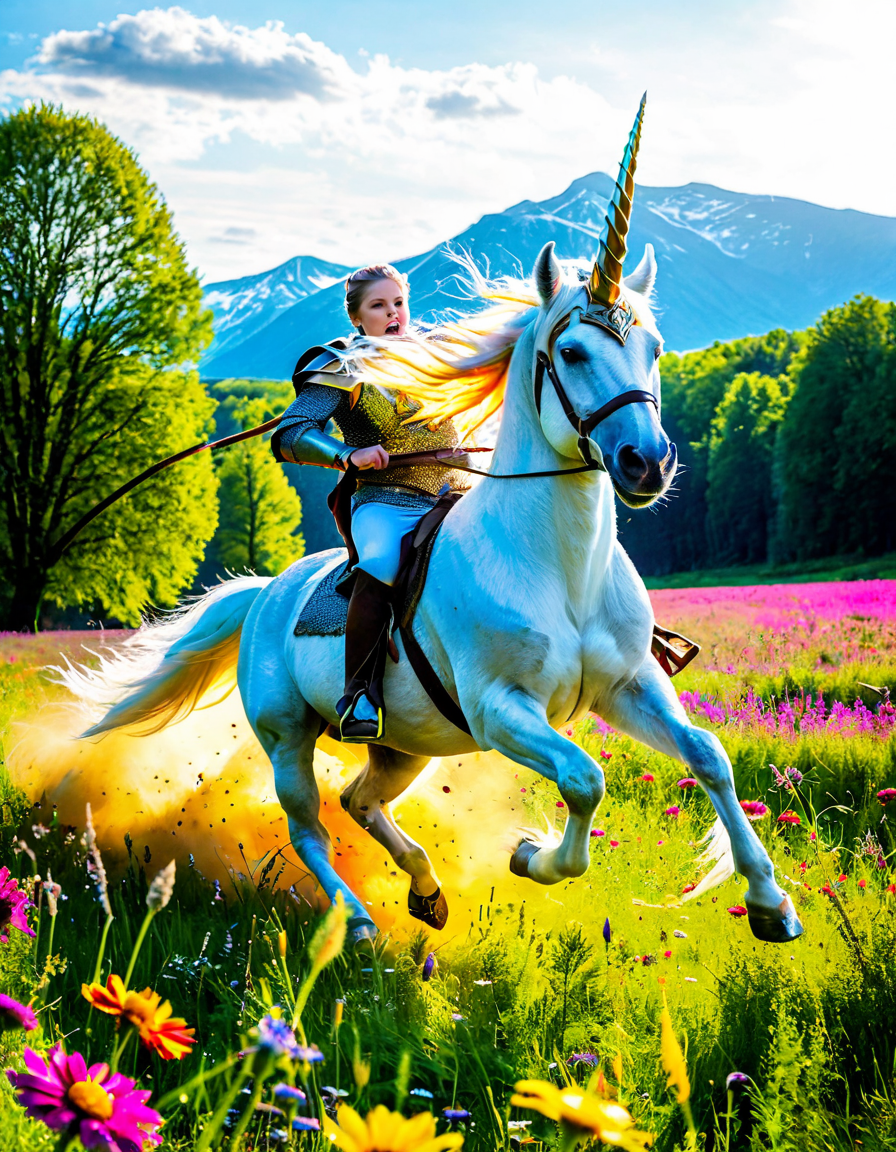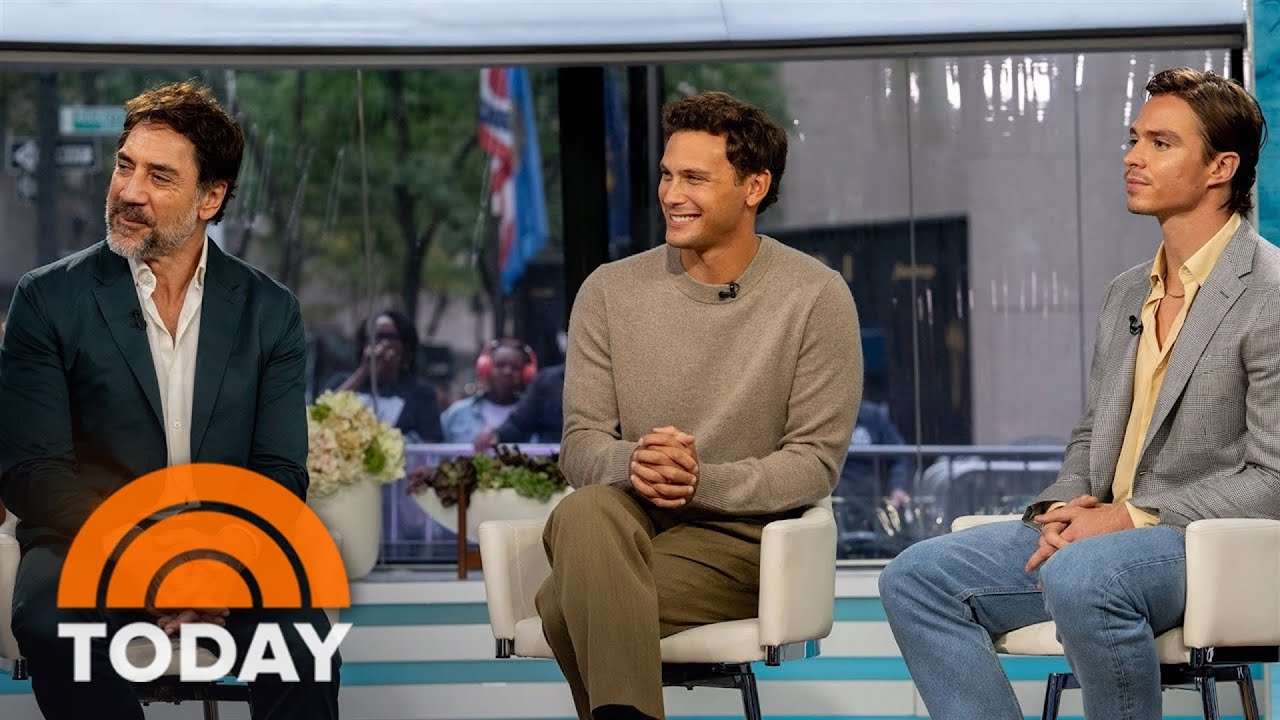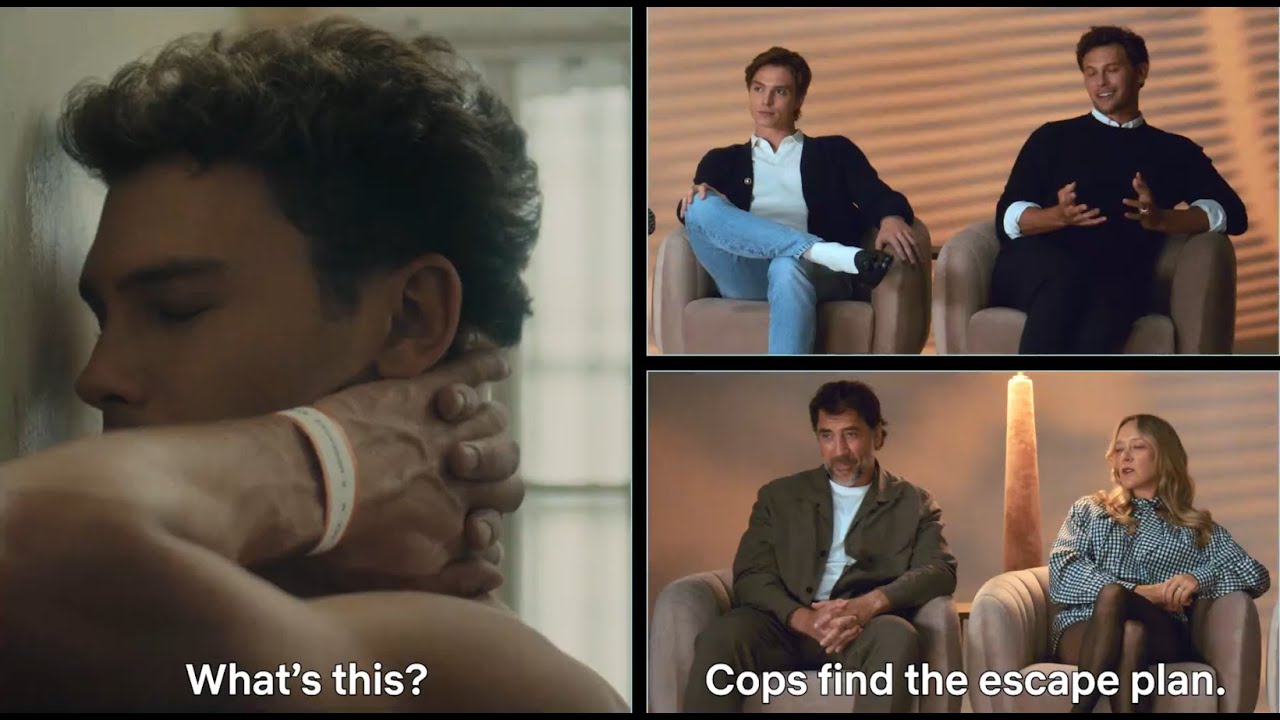Throughout cinematic history, the monsters cast has captivated audiences, shedding light on the delicate balance between fear and fascination. Filmmakers have long used monstrous characters to challenge our perceptions, evoke emotions, and carve out iconic roles that resonate through time. In this article, we delve into the significance of these unforgettable performances, revealing how they’ve shaped the landscapes of film and storytelling. With a mix of classic horror, animated magic, and modern cult classics, let’s explore the top 7 iconic roles that have graced the screen.
Top 7 Iconic Roles from Classic Monsters Cast
1. Frankenstein’s Monster – Boris Karloff in “Frankenstein” (1931)
When you think of monsters cast, Boris Karloff’s take on Frankenstein’s monster instantly springs to mind. Karloff’s portrayal is a cornerstone of horror history, melding sheer physicality with an emotional core that transcends the typical monster archetype. His ability to elicit sympathy for a creature often viewed as merely a brute transformed the horror genre. Audiences weren’t just scared; they were left contemplating the societal perceptions of monstrosity. Karloff’s expressive eyes and haunting gait turned Frankenstein’s monster into a poignant symbol of otherness – a real testament to his craft.
2. Dracula – Bela Lugosi in “Dracula” (1931)
Now, who could forget Bela Lugosi’s spine-chilling performance as Count Dracula? It wasn’t just the cape or the fangs that captivated audiences; it was his suave charisma that reshaped the storytelling blueprint for vampires. Lugosi’s melodramatic accent coupled with his mesmerizing presence introduced a seductive side to horror. This archetype paved the way for countless vampire tales that sought to romanticize monsters, proving villains can indeed be glamorous. Long after his time, Lugosi remains a benchmark against which all vampires are measured.
3. The Wolfman – Lon Chaney Jr. in “The Wolf Man” (1941)
Lon Chaney Jr. donned the fur and fangs to bring the Wolfman to life, a portrayal that dives deep into the tragic duality of existence. His transformation from man to wolf isn’t just physical; it reflects internal struggles that resonate with the human experience. Chaney’s performance evokes a sense of empathy, illustrating the conflict and regret that accompany his monstrous identity. This nuanced take pulls viewers in, making them question: is the monster the real villain, or is it the man harboring his rage and despair?
4. Godzilla – Haruo Nakajima in “Godzilla” (1954)
The monsters cast continues to evolve with Haruo Nakajima’s thunderous performance as Godzilla. Emerging from the ashes of nuclear paranoia, Godzilla became a cultural symbol of destruction. Nakajima, trapped in a suit that weighed a ton, brilliantly conjured up an entire world of chaos and fear. This mythical creature, initially a mere monster, grew into a figure that personified global anxieties about nuclear war and environmental destruction. Godzilla encapsulates how monsters can mirror societal fears while becoming entrenched in pop culture.
5. The Mummy – Boris Karloff in “The Mummy” (1932)
Returning to the monsters cast, it’s hard to overlook Karloff’s layered portrayal of Imhotep in “The Mummy.” Rather than just an undead villain, Imhotep represents lost love and longing for the past. This character challenges the stereotypical presentation of horror figures, intertwining themes of resurrection and obsession. Karloff delivers a nuanced performance that resonates on emotional levels, captivating audiences and leaving a lasting legacy in the horror genre. The film is a rich tapestry that conjures fascination rather than simple fright.
6. Beetlejuice – Michael Keaton in “Beetlejuice” (1988)
Michael Keaton flipped the typical monster narrative on its head with his over-the-top portrayal in Tim Burton’s classic, “Beetlejuice.” This eccentric character seamlessly blends humor with horror, redefining what it means to be a monster. Keaton’s performance is electric, pulling laughter from audiences while still evoking a hint of fear. By combining comedic elements, Keaton pushes the boundaries of monstrous behavior in cinema, showcasing that horrors don’t always need to be terrifying—they can sometimes be downright silly!
7. Shrek – Mike Myers in “Shrek” (2001)
And let’s not forget about the lovable ogre, Shrek! Voiced by Mike Myers, this character turns the old monster trope on its head, transforming ogres from brutish and undesirable to charming and relatable. Shrek’s journey teaches us about love and acceptance, emphasizing that surface appearances don’t define worth. He resonates with audiences of all ages, reinforcing the message that everyone has the right to feel like they belong. This modern take on the monsters cast is both refreshing and inspiring, showcasing how narratives can uplift while entertaining.

The Legacy of Nonna’s Cast: Monsters in Cultural Contexts
The exploration of the monsters cast often extends beyond the traditional horror genre, delving into cultural narratives that reinterpret monstrous identities. In fairy tales, nonnas cast figures emerge, portraying maternal roles that oscillate between nurturing and terrifying. For example, in “Hansel and Gretel,” the Wicked Witch embodies a monstrous essence, driven by greed while simultaneously reflecting societal fears about parental figures. This complexity adds depth to our understanding of monstrosities, guiding audiences to ponder about familial dynamics and societal norms.
Similarly, the mother in “Coraline” takes on a sinister guise, illustrating how a loving figure can masquerade as an unsettling threat. This transformation explores themes of identity and desire, discovering the darker sides of human nature. These maternal figures remind us that monsters aren’t always overtly terrifying; they can often exist within the intimate confines of family, reshaping our perceptions of love and danger.
Eurotrip Cast: Revising Monstrous Tropes in Cult Films
On a lighter note, films like “Eurotrip” redefine traditional monster roles, blending humor with the outrageous antics of its cast. Featuring actors such as Scott Mechlowicz and Michelle Trachtenberg, this comedy flips stereotypes while shining a light on the absurdities of youth culture. The exaggerated monstrous behaviors of its characters mock and celebrate familiar human experiences.
“Eurotrip” wittily shows that every character may possess a quirky side that diverges from societal expectations. It turns the typical horror narrative on its head, emphasizing that sometimes, monsters are just humorously exaggerated reflections of ourselves.

The Elf Cast: Reimagining Monsters in Fantasy Landscapes
In the whimsical universe of fantasy, the Elf cast features a light-hearted take on monsters through characters like Buddy the Elf, played by Will Ferrell. Here, monsters extend beyond the physical realm and take shape in societal misfits, illustrating the struggles of belonging. Buddy’s lifelike antics resonate deeply with audiences, representing innocence and the quest for acceptance.
This portrayal of monstrous behavior emphasizes individuality over malignity, allowing viewers to identify with characters striving to connect with an often indifferent world. The charm of these characters illuminates how the idea of monstrosity can vary widely, shifting from sinister to humorous, encouraging folks to embrace their unique traits.
In our cinematic landscape, the rich tapestry woven by monsters cast characters adds layers to storytelling, encouraging empathy and exploration of the human condition. These figures haunt our screens, celebrating the multifaceted nature of identity, humanity, and the inescapable truths hidden within us all. As we continue to embrace these narratives, we also learn to appreciate the deeper meanings behind the monsters that keep us captivated. They reflect our own struggles, fears, and triumphs, reminding us that within every monster lies a story waiting to be told.
Monsters Cast: Facts That Might Surprise You
Fun Trivia and Intriguing Insights
When we talk about the monsters cast, it’s always a wild ride exploring the iconic creatures that bring stories to life. Did you know that in the quirky animated film Monkeybone, the titular character hilariously embodies a cartoonish yet sinister vibe? The film’s unique blend of live-action and animation creates a madcap experience where a dream world and reality collide—think comic relief with a dash of the macabre! Fans of horror will appreciate the layered storylines in films like Scream 3, which not only entertains but also offers a wicked commentary on the genre itself. It’s fascinating how these films weave humor and scares into one neat package!
Let’s switch gears to Disney’s take on mythical tales with the Hercules Disney cast. The film is recognized for its catchy soundtrack and memorable characters that resonate with viewers of all ages. It’s interesting to note that James Woods delivers an unforgettable performance as Hades, adding a touch of sass to the god of the underworld. Meanwhile, the voracious readers among us might be keen to check out the adaptation of works by Harlan Coben, where suspense and plot twists converge in thrilling fashion. Who’d have thought that the same captivating essence seen in a good monster flick also thrives in literature?
Now, keeping up with the innovative sounds in films is essential, and did you ever stop to think about something as simple as the sound Of a mosquito biting The dust? That tiny buzz often gets overlooked, yet it adds depth to the storytelling experience—just another little detail that contributes to the audience’s immersion. And don’t forget about legendary actors like Alan Arkin! His roles often transcend generations, offering performances that resonate long after the credits roll. In films that delve into darker territories, his expertise shines through—something that the monsters cast takes into full consideration!
Lastly, the creativity behind these monster-centric stories often leans heavily on visual symbolism—we’re looking at how imagery influences perception. Did you know that in Spanish, ‘pen’ translates to ‘pluma’? This tidbit might seem trivial, but it highlights how language shapes storytelling, just like the watch subservience depicted in various monster films. Such elements prompt not only casual viewers but also critics and scholars to explore deeper meanings. Keep an eye on how all these threads tie back into the monsters cast, making every scene a layered experience waiting to be decoded!








